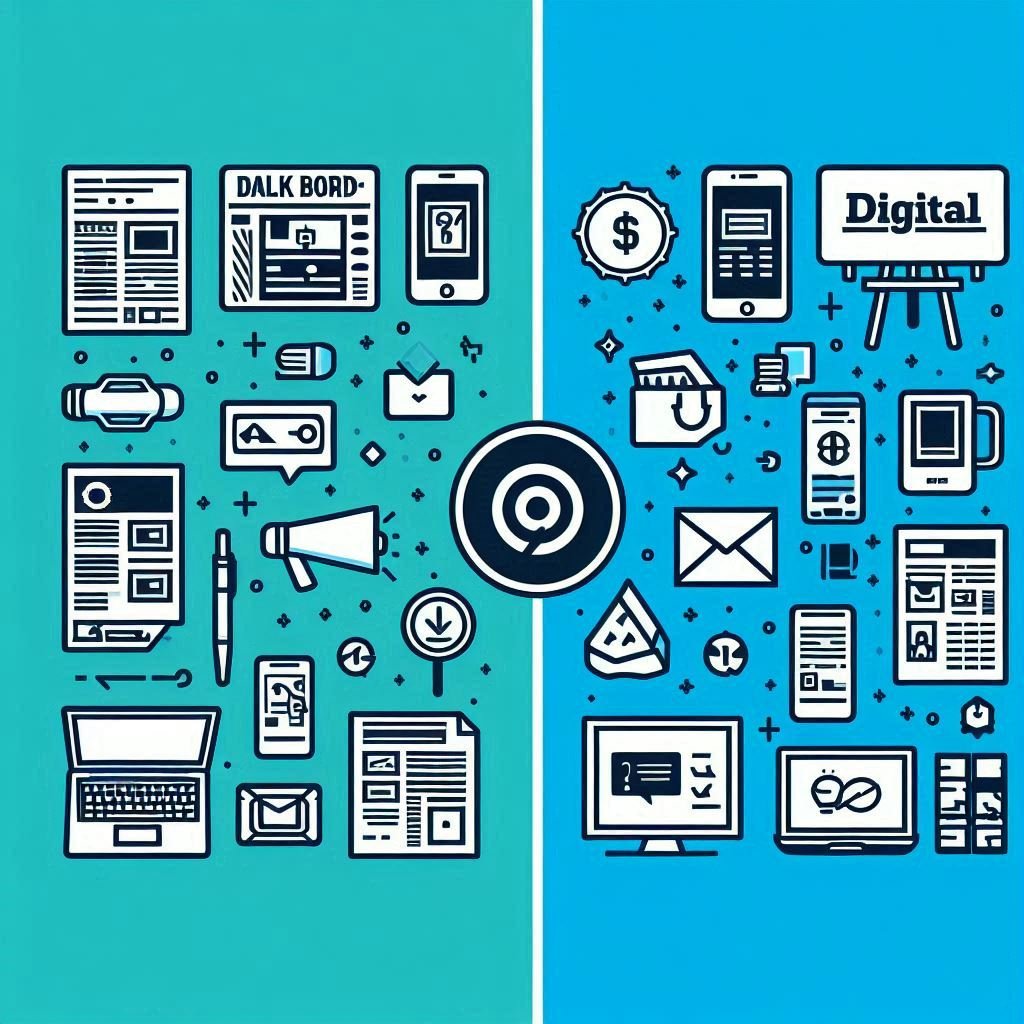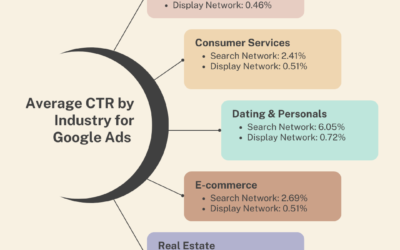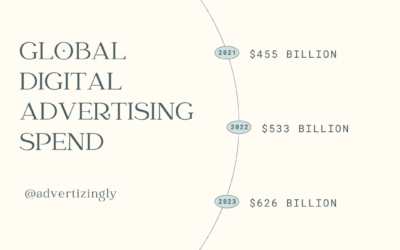In today’s fast-paced business environment, marketing strategies have evolved to incorporate a variety of channels and technologies. The debate between digital marketing and traditional marketing continues to be a hot topic among business owners and marketers alike. This comprehensive guide aims to shed light on both forms of marketing, highlighting their key differences, advantages, and the best practices for implementing them effectively.
What is Digital Marketing?
Digital marketing refers to the use of digital channels, such as websites, social media, email, and search engines, to promote products and services. It leverages technology to reach a broader audience, allowing for more targeted and measurable marketing efforts.
What is Traditional Marketing?
Traditional marketing encompasses conventional methods of advertising that have been used for decades. This includes print ads, television commercials, radio spots, billboards, and direct mail. These methods aim to reach a broad audience through offline channels.
Key Differences Between Digital and Traditional Marketing
1. Audience Reach and Targeting
2. Cost and Budget
3. Measurability and Analytics
4. Engagement and Interaction
5. Speed and Flexibility
6. Longevity and Shelf Life
The Pros and Cons of Digital Marketing
Advantages of Digital Marketing
- Targeted Reach: Digital marketing allows businesses to target specific demographics and customer segments.
- Cost-Effective: Compared to traditional methods, digital marketing can be more affordable.
- Measurable Results: With analytics tools, marketers can measure the effectiveness of their campaigns in real time.
- Higher Engagement: Digital platforms enable direct interaction with customers through social media, comments, and emails.
- Flexibility: Campaigns can be adjusted quickly based on performance data.
Disadvantages of Digital Marketing
- High Competition: The digital space is crowded, making it challenging to stand out.
- Dependence on Technology: Technical issues can hinder marketing efforts.
- Ad Fatigue: Overexposure to digital ads can lead to decreased effectiveness.
Read More : Multi-Channel Social Media Marketing
The Pros and Cons of Traditional Marketing
Advantages of Traditional Marketing
- Broad Reach: Traditional methods can reach a wide audience, including those less active online.
- Tangible Materials: Physical ads like brochures and magazines can be retained for future reference.
- Established Trust: Long-standing media channels often carry more credibility.
Disadvantages of Traditional Marketing
- Higher Costs: Traditional advertising can be expensive, especially for small businesses.
- Limited Targeting: It’s harder to target specific audience segments accurately.
- Difficult to Measure: Tracking the success of traditional campaigns is more challenging.
Combining Digital and Traditional Marketing
To maximize the benefits of both worlds, businesses can integrate digital and traditional marketing strategies. This hybrid approach ensures a broader reach and leverages the strengths of both methods.
Strategies for Effective Digital Marketing
1. Search Engine Optimization (SEO)
- On-Page SEO: Optimizing website content for keywords and user experience.
- Off-Page SEO: Building backlinks and online reputation.
- Technical SEO: Enhancing website performance and structure.
2. Content Marketing
- Blogging: Creating valuable content to attract and engage audiences.
- Video Marketing: Producing engaging video content for platforms like YouTube.
- Infographics: Visual content to explain complex information.
3. Social Media Marketing
- Platform Selection: Choosing the right social media platforms based on target audience.
- Engagement: Interacting with followers and building a community.
- Advertising: Running targeted ads on social media.
4. Email Marketing
- Newsletters: Regular updates to subscribers.
- Automated Campaigns: Personalized emails based on user behavior.
- A/B Testing: Testing different email elements to optimize performance.
5. Pay-Per-Click (PPC) Advertising
- Google Ads: Creating targeted ads on Google search results.
- Social Media Ads: Running ads on platforms like Facebook and Instagram.
- Retargeting: Showing ads to users who have previously visited your site.
Strategies for Effective Traditional Marketing
1. Print Advertising
- Magazines and Newspapers: Placing ads in relevant publications.
- Brochures and Flyers: Distributing informational material to potential customers.
2. Broadcast Advertising
- Television Commercials: Creating engaging TV ads for a broad audience.
- Radio Spots: Reaching listeners with targeted radio advertisements.
3. Direct Mail
- Catalogs and Postcards: Sending promotional material directly to homes.
- Personalized Mailers: Customizing content for different segments.
4. Outdoor Advertising
- Billboards: Placing large ads in high-traffic areas.
- Transit Advertising: Ads on buses, trains, and taxis.
5. Events and Sponsorships
- Trade Shows: Participating in industry events to showcase products.
- Sponsorships: Partnering with events and organizations for brand exposure.
Measuring Success: Digital vs Traditional Marketing
Measuring the success of marketing campaigns is crucial to understand their effectiveness and ROI. Digital marketing offers more precise and real-time analytics compared to traditional methods. However, traditional marketing can also yield valuable data through surveys, direct response rates, and brand recognition studies.
Read More : Future of Digital Marketing
FAQs
What are the main differences between digital marketing and traditional marketing? Digital marketing uses online channels like social media and websites, offering precise targeting and real-time analytics. Traditional marketing relies on offline methods like print and broadcast media, providing broad audience reach but limited targeting and measurability.
Which is more cost-effective: digital marketing or traditional marketing? Generally, digital marketing is more cost-effective due to lower entry costs and the ability to target specific audiences. Traditional marketing can be expensive, especially for mass media placements.
Can small businesses benefit from traditional marketing? Yes, small businesses can benefit from traditional marketing, especially in local markets. Methods like direct mail, local newspapers, and community events can effectively reach a targeted audience.
How can I integrate digital and traditional marketing? Integrating both strategies involves using digital methods to enhance traditional campaigns. For example, promoting a print ad through social media or using a QR code in a magazine to drive online traffic.
Is digital marketing more effective than traditional marketing? Effectiveness depends on the target audience and goals. Digital marketing excels in targeting and engagement, while traditional marketing can build brand awareness and reach a broader audience.
How do I measure the success of a marketing campaign? For digital marketing, use analytics tools to track metrics like click-through rates, conversions, and ROI. For traditional marketing, measure success through direct responses, sales data, and brand recognition surveys.
Conclusion
In the evolving landscape of marketing, both digital and traditional methods have their unique advantages and challenges. The choice between digital marketing and traditional marketing depends on your business goals, target audience, and budget. By understanding the strengths and limitations of each, and considering a hybrid approach, businesses can create comprehensive and effective marketing strategies that drive growth and engagement.




